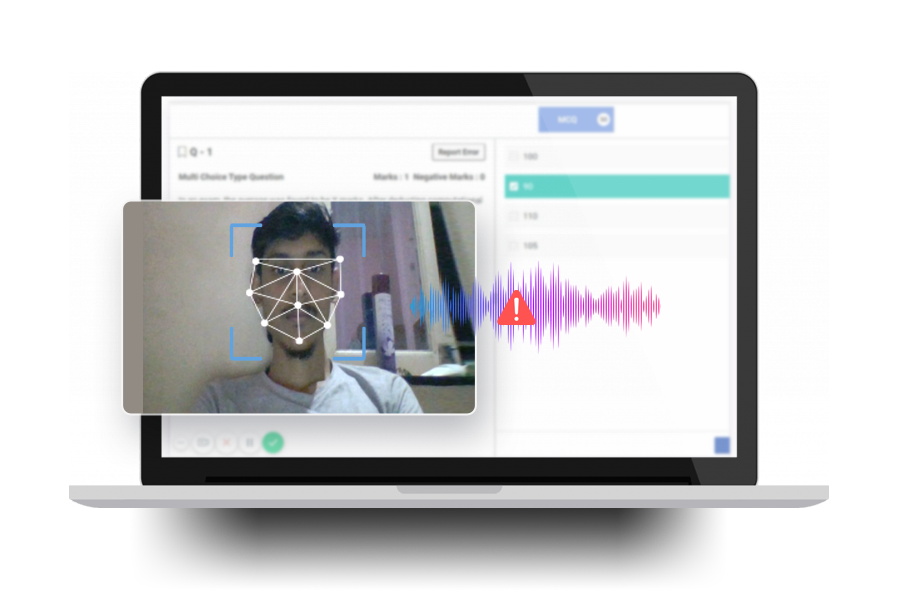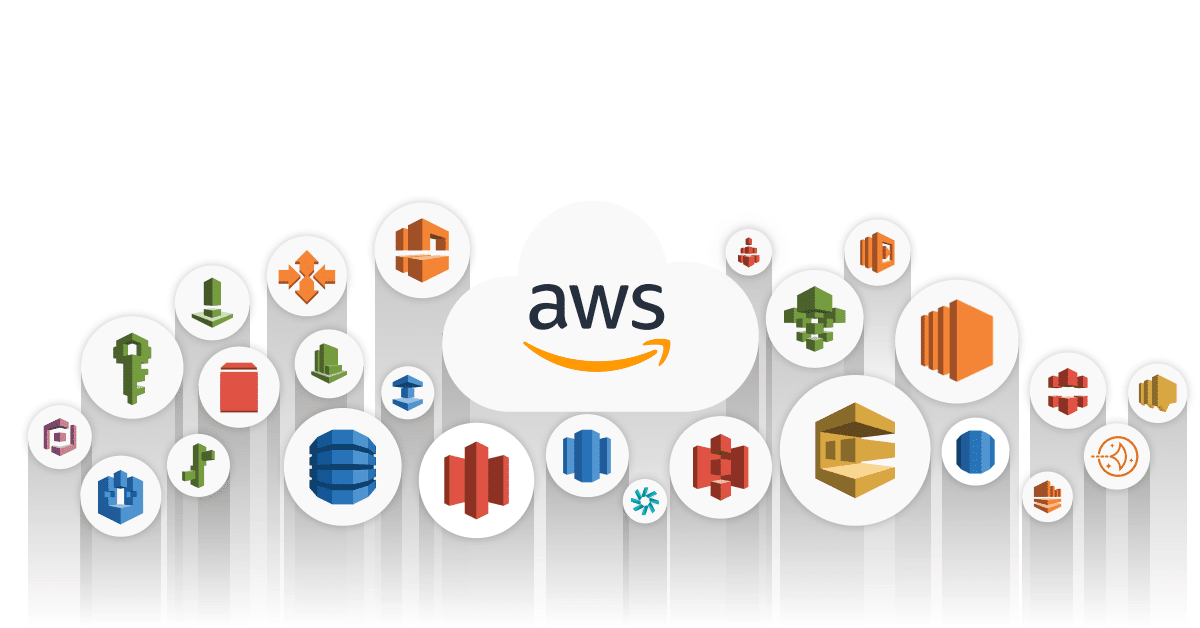Sample Use Cases
We have 500+ use cases configured in our platform for you to do hands-on practice around AWS Services. Following are the popular use cases learners are practicing right now:
- Create a new IAM user named "Level1User" with programmatic access. Attach the "AmazonS3FullAccess" policy to this user. Using the AWS CLI, configure the CLI with the credentials of the newly created user.
- Create new EC2 Instance named 'ec2Instance' & Set this Instance type 't2.micro' Also Select any Operating System
set up a new Amazon EC2 (Elastic Compute Cloud) instance with specific configurations. - Enable versioning for the "level1-bucket." Upload a new version of the "sample.txt" file. Configure a lifecycle policy that moves objects to the Glacier storage class after 5 mins
- Create a DynamoDB table named "Level1Table" with a primary key "UserID" (String type). Insert a sample record into the table using either the AWS Management Console or the AWS SDK.
- Create a new AWS Key Management Service (KMS) key named "Level1Key." Use this key to encrypt a file using the AWS CLI or an SDK. Ensure that only authorized IAM users can decrypt the file.
- Creating a VPC with 2 Public Subnets, an Internet Gateway, and a Route Table
- Create a Step Function named "Level1StateMachine" that includes a Lambda function state. Use the provided Lambda function (or create a simple one) that prints a message. Trigger the Step Function execution and observe the execution flow in the AWS Management Console.
- Create a new IAM user named "Level1User" with programmatic access. Attach the "AmazonS3FullAccess" policy to this user. Using the AWS CLI, configure the CLI with the credentials of the newly created user.
- Launch an Amazon RDS instance with the PostgreSQL engine. Choose the free tier template. Once the instance is available, connect to it using a PostgreSQL client of your choice (e.g., pgAdmin) and create a new database named "Level1DB."
- Create a new S3 bucket named "level1-bucket". Upload a text file named "sample.txt" to the bucket. Set the file's permissions so that it's publicly accessible.
- Using the AWS CLI or an SDK of your choice, list all the S3 buckets in your account. Create a new IAM role named "Level1Role" with permissions to read from S3. Attach this role to an EC2 instance and demonstrate that the instance can access and list objects in the "level1-bucket" without explicit credentials.
- Enable versioning for the "level1-bucket". Upload a new version of the "sample.txt" file. Configure a lifecycle policy that moves objects to the Glacier storage class after 5 mins.
- Create an SNS topic named "Level1Topic." Subscribe your email address to the topic. Using the AWS Management Console, publish a test message to the topic. Verify that you receive the email notification.
- Create a new Lambda function named "Level1Lambda" using the Python runtime. The function should accept a JSON input and return a JSON response. Test the Lambda function using the provided test event.
- Create a DynamoDB table named "Level1Table" with a primary key "UserID" (String type). Insert a sample record into the table using either the AWS Management Console or the AWS SDK.
- Create a new API Gateway named "Level1API." Add a new resource (resource path = $default) and configure a GET method that integrates with the "Level1Lambda" function created earlier. Deploy the API to a stage named "dev" and provide the endpoint URL.
- Create a new Amazon Cognito User Pool named "Level1UserPool." Configure the pool to allow users to sign up and sign in using email and password. Test the sign-up and sign-in process using the AWS Management Console.
- Create a Step Function named "Level1StateMachine" that includes a Lambda function state. Use the provided Lambda function (or create a simple one) that prints a message. Trigger the Step Function execution and observe the execution flow in the AWS Management Console.
- Enable multi-factor authentication (MFA) for your AWS account. Configure MFA using a virtual MFA device or a hardware device. Test the MFA setup by logging into the AWS Management Console.
- Create a new AWS Key Management Service (KMS) key named "Level1Key." Use this key to encrypt a file using the AWS CLI or an SDK. Ensure that only authorized IAM users can decrypt the file.
- Create a new Lambda function named "Level1Lambda" using the Python runtime. The function should accept a JSON input and return a JSON response. Test the Lambda function using the provided test event.
- Create a DynamoDB table named "Level1Table" with a primary key "UserID" (String type). Insert a sample record into the table using either the AWS Management Console or the AWS SDK.
- AWS Lambda Function Creation
- To determine whether a new file has been successfully added to a designated AWS CodeCommit repository
- Creating an ECS Cluster to Run Nginx Container
- Setting Up the ECR Private Repository and Docker Image & Pushing the Docker Image to ECR Repository
- Creating an Amazon EKS Cluster and Node Group
- Create a CloudWatch Alarm that monitors the CPU utilization of an Amazon EC2 instance. When the CPU utilization exceeds a certain threshold, the alarm should send a notification.
- Create a DynamoDB table named "Level1Table" with a primary key "UserID" (String type). Insert a sample record into the table using either the AWS Management Console or the AWS SDK.
- Retrieve a File from an Amazon S3 Bucket and Save it to a Local File Path on an Amazon EC2 Instance
- Create a new AWS Key Management Service (KMS) key named "Level1Key." Use this key to encrypt a file using the AWS CLI or an SDK. Ensure that only authorized IAM users can decrypt the file.
- Create a DynamoDB table named "Level1Table" with a primary key "UserID" (String type). Insert a sample record into the table using either the AWS Management Console or the AWS SDK.
Registration form
Alice's Specials
Auto Evaluation
AWS Auto Evaluation AI offers automated assessment for efficient learning and performance evaluation.

AI Proctoring
Practoring with AWS AI enables personalized practice and tailored feedback for skill improvement.
Dynamic Reporting
Dynamic reporting in AWS AI provides real-time insights into learner progress and performance analytics.

Most Popular AWS Labs Hands-On
Discover our most popular AWS labs – hands-on training that empowers you to master cloud solutions effectively.
Analytics
Get in detail analysis for individual as well as batch level, This analytics will help business to identify their team strength and weakness.
